TWO-Ingredient Biscuits—No, Seriously!
The folks at www.seriouseats.com have done it again! They’ve come up with another incredibly delicious idea, one that is ridiculously easy.
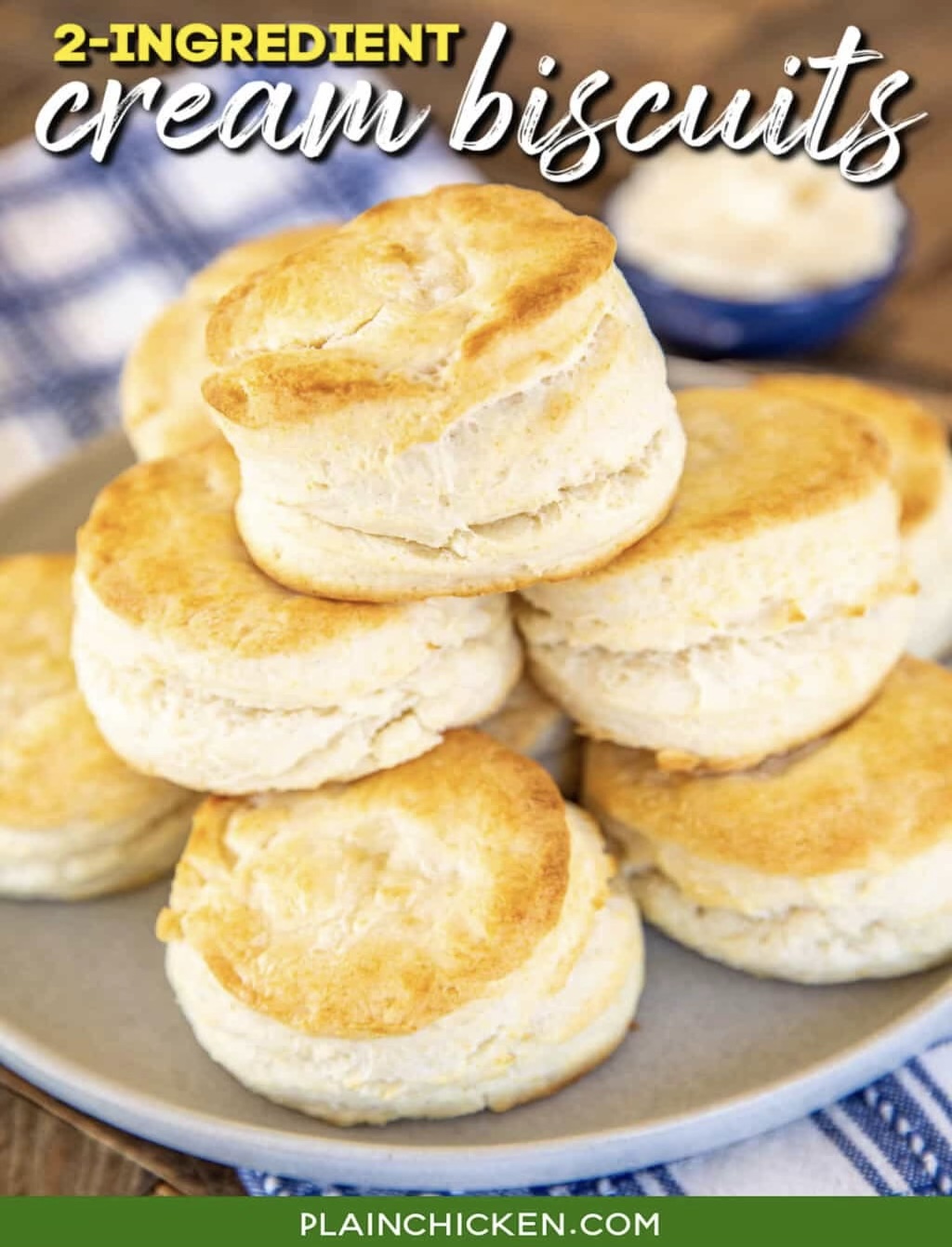
Have you ever heard of TWO-Ingredient Biscuits? Me neither. Turns out, though, that people have been making two-ingredient biscuits ever since self-rising flour hit supermarket shelves, and it's easy to see why. Stir heavy cream into self-rising flour, scoop it onto a baking sheet, bake, and serve: It's that easy.
If you’re willing to settle for less-than-perfect-but-still-really-great results (so long as it only takes a fraction of the work to get there), then this idea is for you.
J. Kenji Lopez-Alt, New York Times food columnist and the author of THE FOOD LAB: Better Home Cooking Through Science, explains it this way:
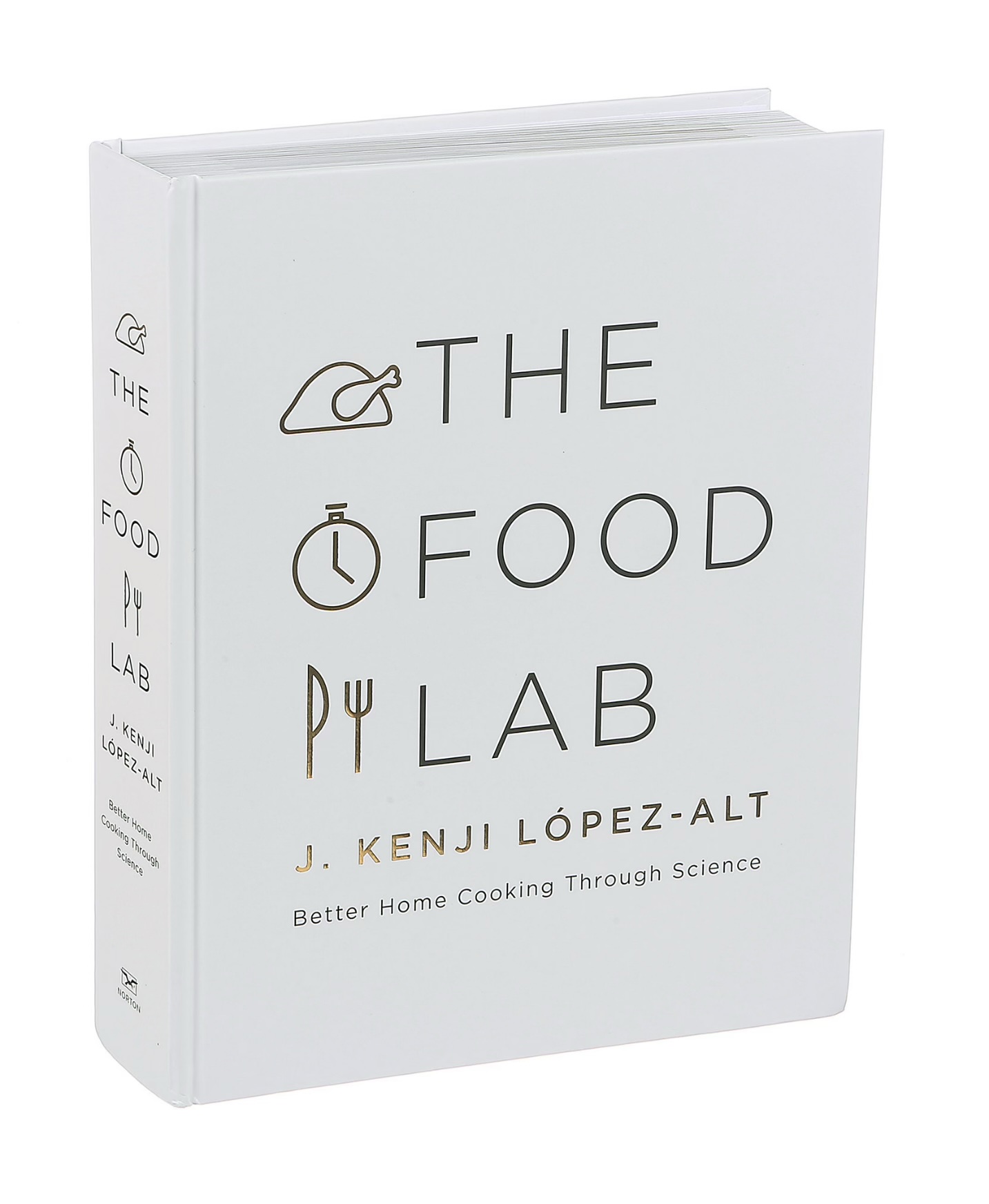
“Some recipes are straight up 50/50 recipes. That is, if you do 50% as much work, you get results that are only 50% as good. Others are 20/80 recipes. With just 20% of the effort, you can get yourself 80% of the way towards perfection.
“These two-ingredient biscuits have one of the lowest effort-to-greatness ratios of any recipe I can think of. They take practically no effort or practice to pull off, yet produce some of the lightest, tenderest, tastiest biscuits around. They're at least a 5/95 recipe, or perhaps even a 2/98!”
You know how it goes with traditional biscuits: You combine a soft flour (finely milled and relatively low in protein content) with salt and baking powder, then cut in solid butter or shortening. As you work the fat into the flour, some of the flour gets coated in fat, while other bits end up forming a fat/flour paste. When you subsequently add a liquid (typically buttermilk or milk), that liquid is absorbed by the portion of the flour that is not coated or mixed with fat, allowing it to form gluten, the web of flour proteins that form to give bread structure.
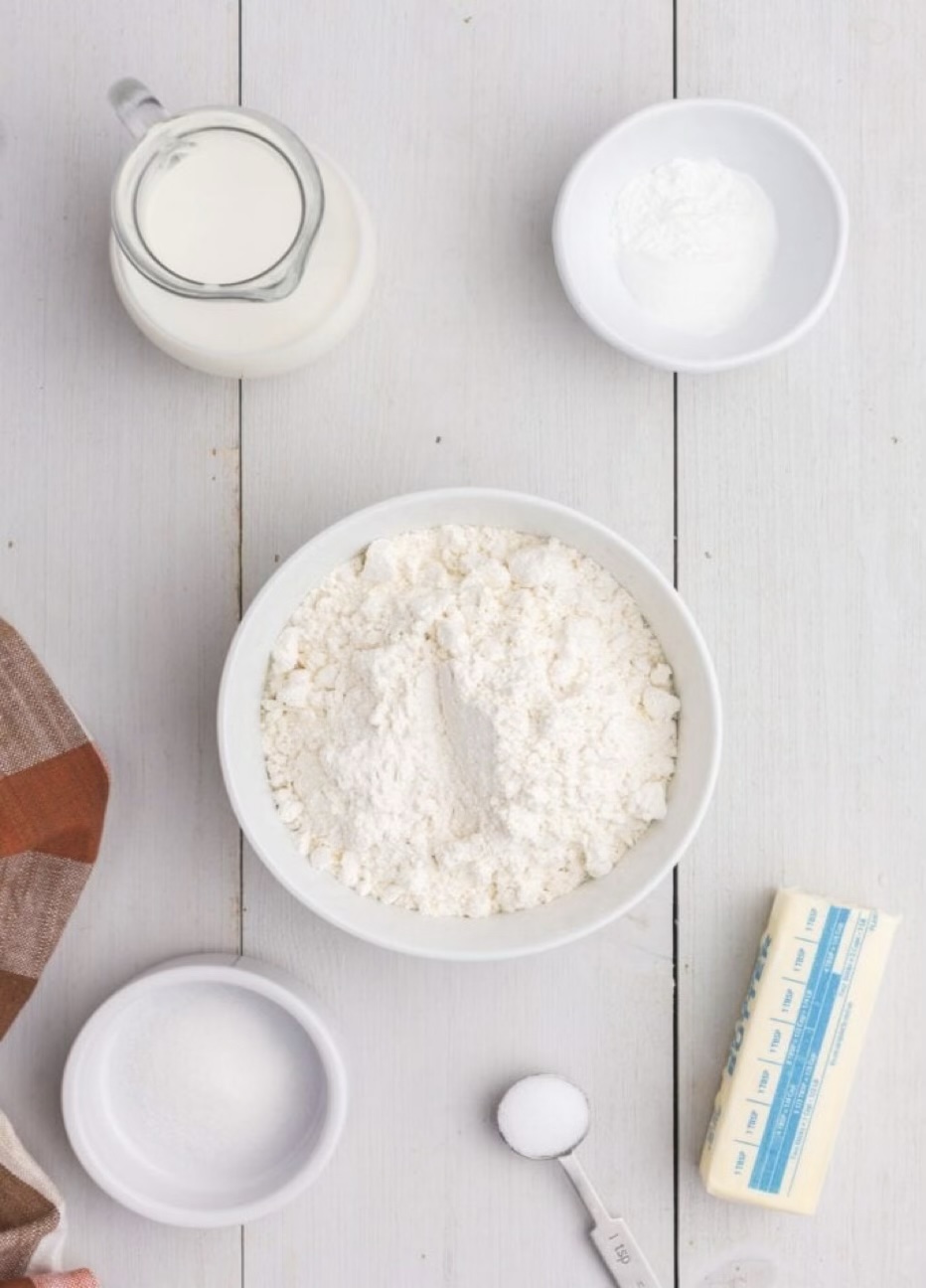
You probably also know about the tricky part of biscuit-making: it’s working the fat into the flour in such a way that just enough free flour is remaining. Too much and your biscuits completely crumble as they bake. Too little and your biscuits become tough and dense.
The deal is, with enough practice, we can eventually reach a point where incorporating the fat properly becomes second nature. However, according to J. Kenji, most of us aren't going to make enough biscuits in a lifetime to hit that stage (though if you really want to, he says this recipe will start you on the path to biscuit supremacy). So this is where two-ingredient biscuits come in.
The first step to streamlining and fool-proofing biscuits is to replace the flour, baking powder, and salt with self-rising flour. Now you may say, but isn't self-rising flour essentially flour with baking powder and salt built into it, and isn't that cheating?
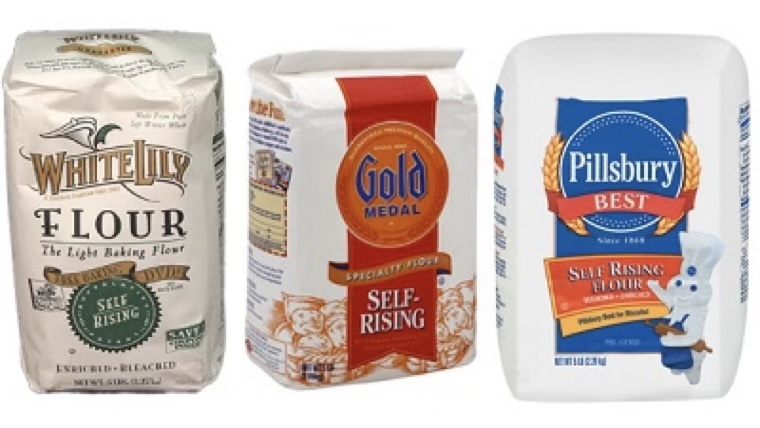
True. That's essentially what self-rising flour is. However, self-rising flour is also typically softer and more finely milled than standard all-purpose or even cake flour, which makes it particularly suitable for making biscuits.
J. Kenji goes on to explain why you adding cream matters. “Heavy cream already has pretty much the ideal ratio of water to fat in it to form a biscuit that has just enough structure to hold together, but limits gluten development enough to keep it light and tender. And since the fat found in solid butter and the fat found in liquid cream are essentially identical, cream biscuits end up with a rich, buttery flavor even though there is technically no butter in them at all.”
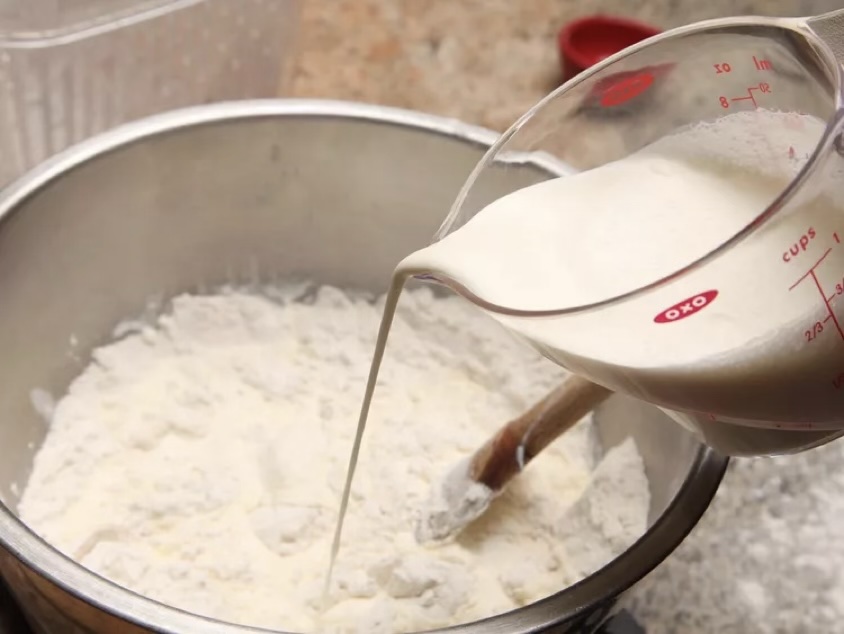
It's just so easy, too. For two-ingredient biscuits, just add self-rising flour to a bowl on top of a scale. J. Kenji suggests one ounce of flour per biscuit that you’re planning to bake. Then pour in an equal amount of heavy cream by weight. Stir the two ingredients together, and you've got your basic biscuit dough.
The only trick, as with any biscuit, is to ensure you don't over-work the dough. As soon as there's no real dry flour left in the bowl, you're done. Drop the dough, roll the dough, it’s up to you, but once they’re on the baking sheet, baste them with some of the cream—they’ll end up with a lovely golden brown hue.
TWO Ingredient Biscuits

10 ounces (about 2 cups) self-rising flour
10 ounces (about 1 1/4 cups) heavy cream plus more for brushing
2 tablespoons sugar (if making sweet shortcake-style biscuits)
Directions:
1. Adjust oven rack to center position and preheat oven to 425∞F.
2. Place flour in a large bowl. If making sweet biscuits, whisk in sugar. Stirring with a wooden spoon, drizzle in cream. Stir until a lumpy dough is formed. DO NOT OVERMIX.
3. FOR DROP BISCUITS: Using a 1-ounce cookie scoop, scoop balls of dough onto a parchment-lined baking sheet, spacing them 2 inches apart. Brush tops with cream and bake until golden brown, about 12 minutes. Let cool slightly and serve.
4. FOR ROLLED BISCUITS: With a rolling pin, roll the dough into a 12-inch square. Using a bench scraper, fold the right third of the dough over the center, then fold the left third over so you end up with a 12-by-4-inch rectangle. Fold the top third down over the center, then fold the bottom third up so the whole thing is reduced to a 4-inch square. Press the square down and roll it out again into a 12-inch square. Repeat the folding process once more, then roll the dough again into a 12-inch square. Use a 3- to 4-inch biscuit cutter to cut out rounds and transfer to a parchment-lined baking sheet, spaced 2 inches apart. Press together scraps to form additional biscuits.
5. Brush tops with cream and bake until golden brown, about 8 to 10 minutes.
6. Let cool slightly before serving.
2. Place flour in a large bowl. If making sweet biscuits, whisk in sugar. Stirring with a wooden spoon, drizzle in cream. Stir until a lumpy dough is formed. DO NOT OVERMIX.
3. FOR DROP BISCUITS: Using a 1-ounce cookie scoop, scoop balls of dough onto a parchment-lined baking sheet, spacing them 2 inches apart. Brush tops with cream and bake until golden brown, about 12 minutes. Let cool slightly and serve.
4. FOR ROLLED BISCUITS: With a rolling pin, roll the dough into a 12-inch square. Using a bench scraper, fold the right third of the dough over the center, then fold the left third over so you end up with a 12-by-4-inch rectangle. Fold the top third down over the center, then fold the bottom third up so the whole thing is reduced to a 4-inch square. Press the square down and roll it out again into a 12-inch square. Repeat the folding process once more, then roll the dough again into a 12-inch square. Use a 3- to 4-inch biscuit cutter to cut out rounds and transfer to a parchment-lined baking sheet, spaced 2 inches apart. Press together scraps to form additional biscuits.
5. Brush tops with cream and bake until golden brown, about 8 to 10 minutes.
6. Let cool slightly before serving.
Recipe formatted with the Cook'n Recipe Software from DVO Enterprises.
 Alice Osborne
Alice Osborne
Weekly Newsletter Contributor since 2006
Email the author! alice@dvo.com
